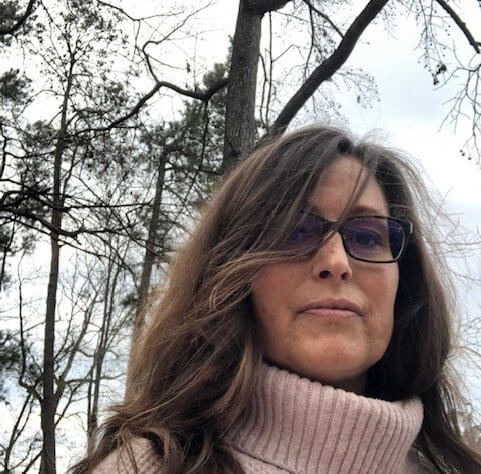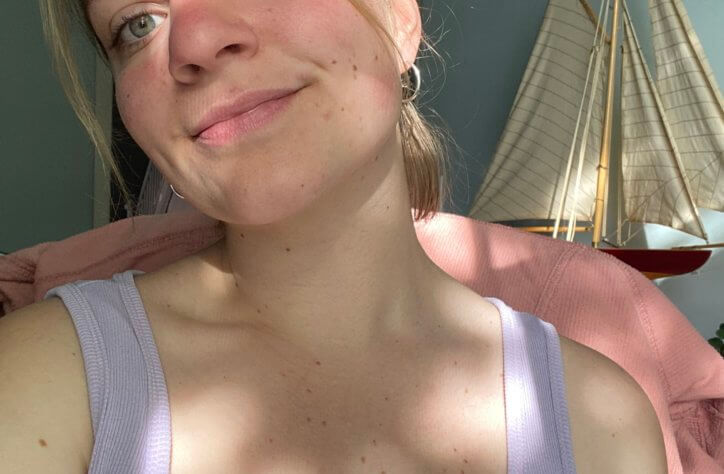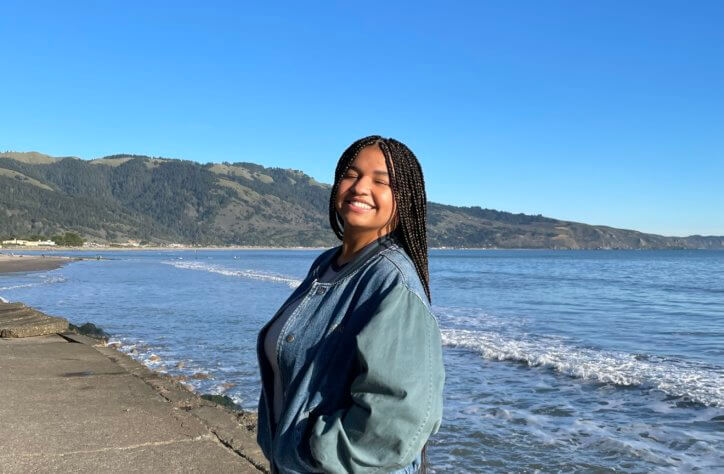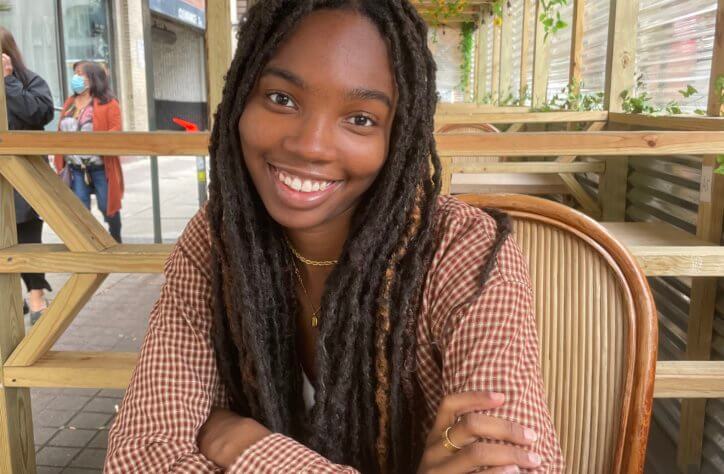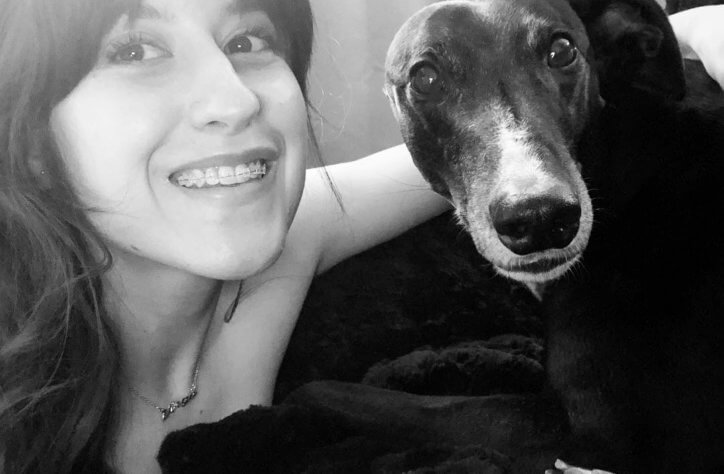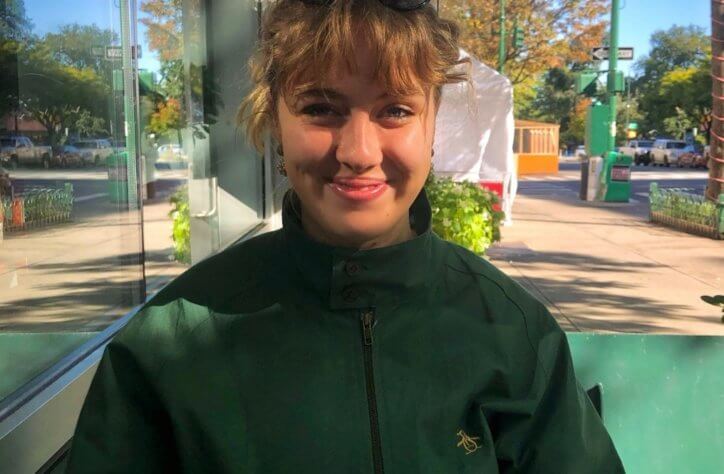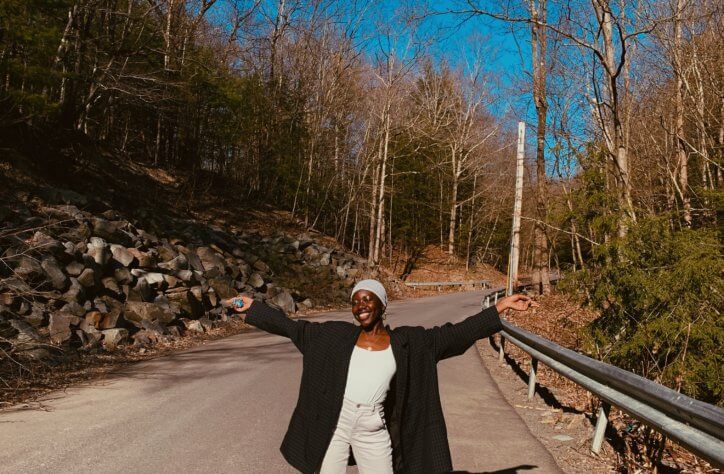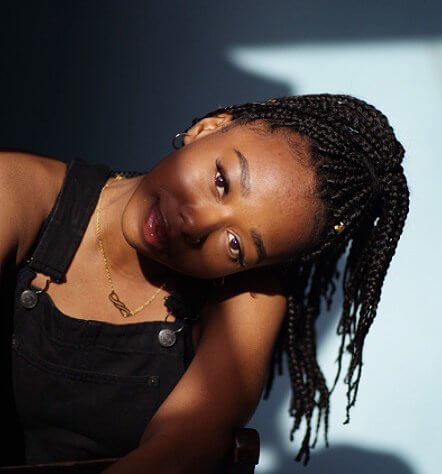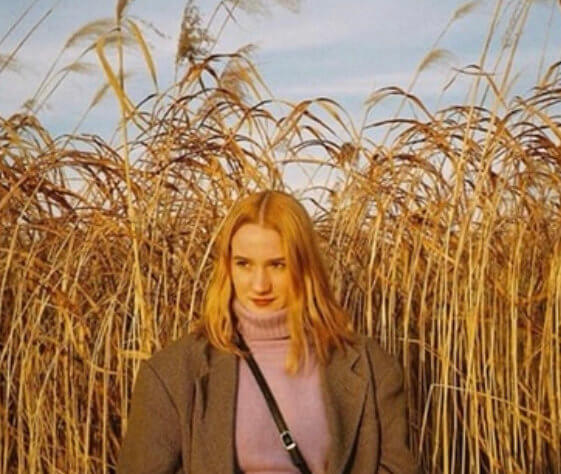I’ve always stood paralyzed at the weight of black trauma. Daily I interact consciously and intimately with my own and that of my surrounding community, but also unknowingly, with that of the larger black population. Its inconceivable depth leaves me always journaling and thinking, paralyzed by my reality. For so long I thought black existence couldn’t exist without black trauma, that they were conjoined, but recently while doing a lot of self-reflection, research, and spending time with my family I learned that things aren’t that clear-cut. Questions still flood my head after this realization but the one that seems to stand out the most is:
Why must we aestheticize black trauma and the many individual black experiences in order for people to learn about, empathize with, or discuss the issues and factors contributing to the trauma?
Clicking onto the Instagram app or the news, I see powerful slogans and phrases as well as infographics making efforts to inform as well as catalyze change. But I can’t help but ask myself why? Why is black pain made to be consumed, to be streamed across platforms? Why must people be reminded that black lives matter? Why must we make posters through our tears? Why must we construct intricate infographics to convince people, further persuade them, of the validity of our existence and experiences? Why must I take aesthetically pleasing photos of my brothers in order for their narratives to be heard?
As a photographer I am at a crossroads, how can I research and artistically explore these issues without exploiting the tender experiences of those close to me. I haven’t found the answer to that yet, though that doesn’t stop me from trying. For now, I won’t stop making the posters through the tears, won’t stop communicating the narratives until one-day black existence, black beauty, black love, and finally black pain and trauma are not a debate anymore.
